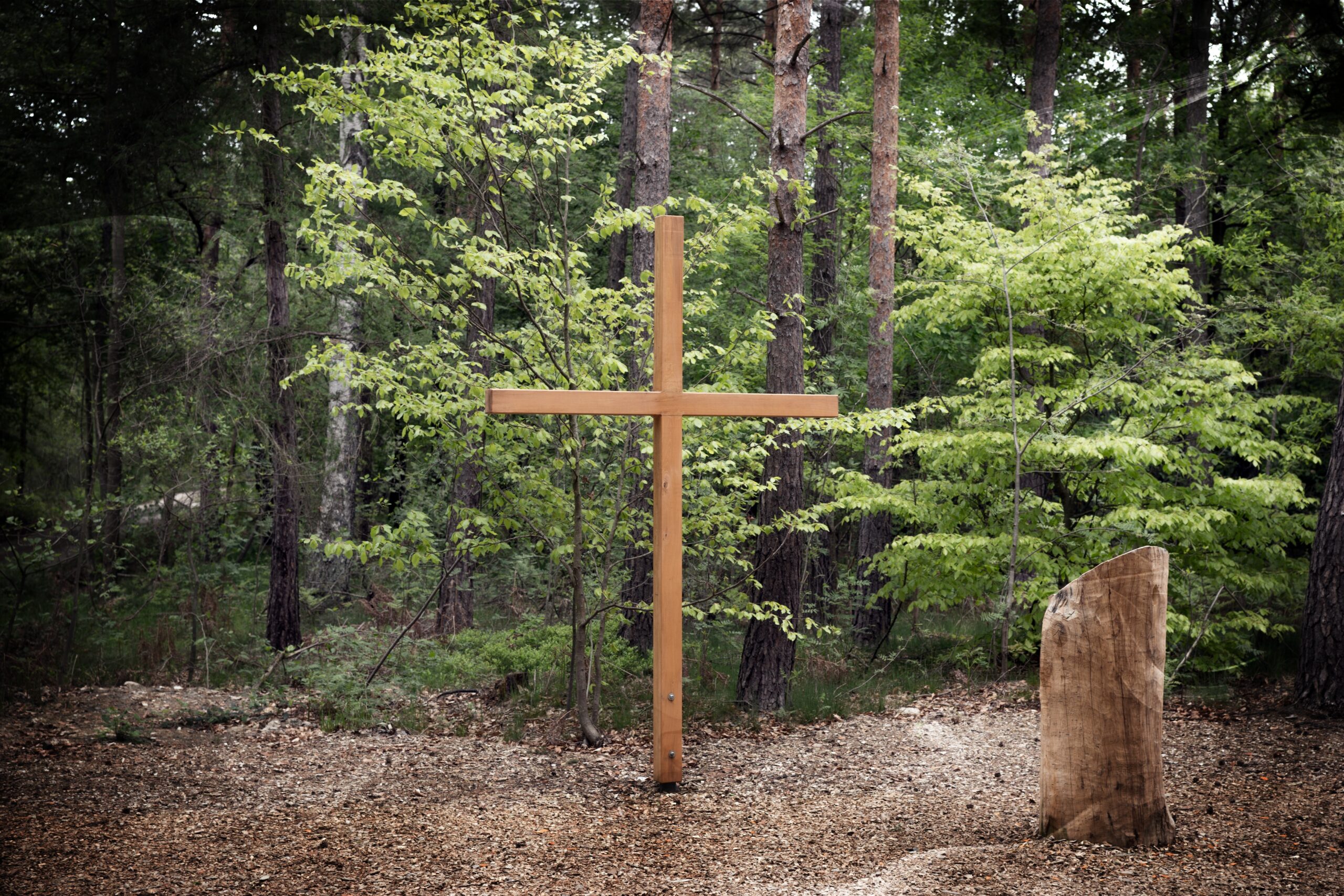Editor’s note: this is the latest in a series of posts about natural burial co-written by Kent Burreson and Beth Hoeltke. Their free, downloadable Bible study “Natural Burial: The Final Journey,” which also includes a burial planning guide, is available.
The main idea with natural burial, simply, is to allow the body to decompose quickly and naturally. In our last post, it was noted that the best depth for natural burial is 3½ to 5 feet, rather than the depth with traditional burial at 6 feet. The ideal depth for optimal decomposition is 3½ to 4 feet from the bottom of the grave to the soil horizon, which also provides an 18–24 inch smell barrier. A smell barrier is simply that, a barrier of dirt between the body and the surface of the ground to deter animals from being attracted to the smell of decay. Additional displaced soil is added to the top of the grave in a mound, to accommodate the earth’s settling. Why this depth of 3½ to 4 feet? Because this is where the soil does its best work. The soil—an entire world of organisms, a recycling system for nutrients and organic wastes—actually does the work which decomposes the body. Just one gram of soil contains billions of working, growing organisms. The greater accuracy of burial to this optimal layer in the soil, the faster the body decomposes. This is also why natural burial insists on non-toxic, biodegradable materials in caskets, shrouds, and urns.
Today there are a lot of burial options to consider that assist in decomposition: cremation, human composting, alkaline hydrolysis, promession (still new, but cryogenically freezing the body, then mechanically vibrating it to create crystallized body particles), the mushroom suit and the capsula muni (where a body is placed into a biodegradable egg-shaped pod, then the capsula is buried in the earth as a seed; a tree is then usually planted above the seed to represent life). Although each offers a unique way to consider decomposition, this post is too short to tackle them all. One we discovered and thought worth mentioning is the compostable coffin. The goal of natural burial is natural, unfettered, and unimpeded decomposition. While many of the options above might effectively assist decomposition, they do not meet this standard. But the compostable coffin comes close. In short, the coffin assists the soil in doing its work. Conventional wood caskets take more than a decade to decompose. This new casket not only decomposes, it replenishes the soil with nutrients, by replacing those that it is taking from the soil. A compostable coffin breaks down usually in just two to three years, but “The Living Cocoon” coffin, completely composed of mycelium, was found to decompose in just 30–45 days. Mycelium is the thread-like part of fungi that branches out underground to provide food to all the organisms in the soil. In this way, the coffin contributes to the soil’s health by providing nutrition and neutralizing the toxic substances in the soil.
“By the sweat of your brow you will eat food until you return to the ground, since from it you were taken; for dust you are and to dust you will return” (Gen. 3:19). God is the one, of course, who returns our bodies to the ground from which he took them, but if we remember that part of our role is to care for God’s earth, perhaps we can assist in simple ways by using the natural materials of the earth as the containers in our graves.


Leave a Reply
You must be logged in to post a comment.